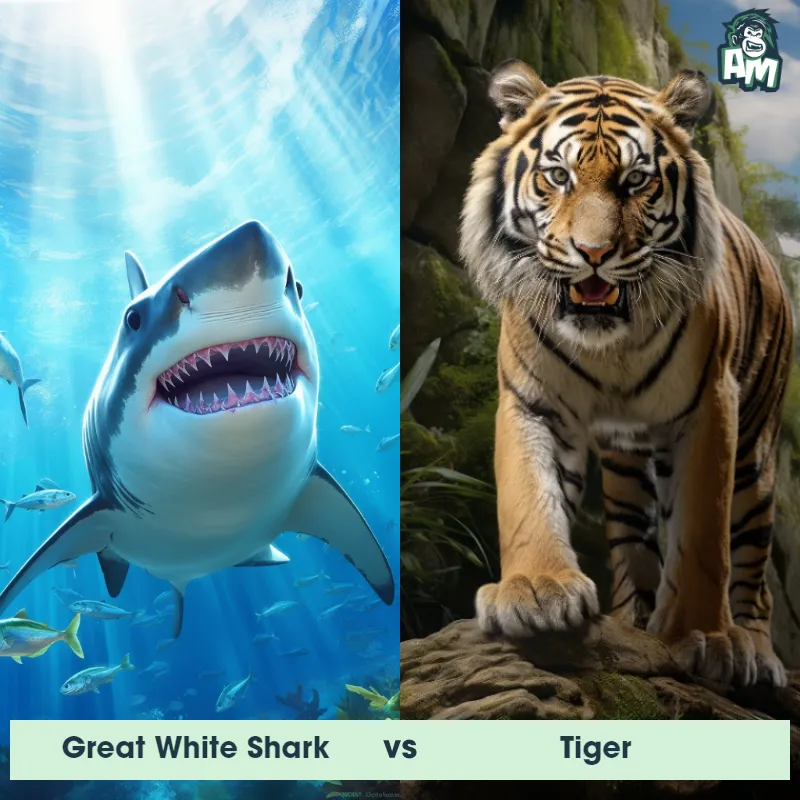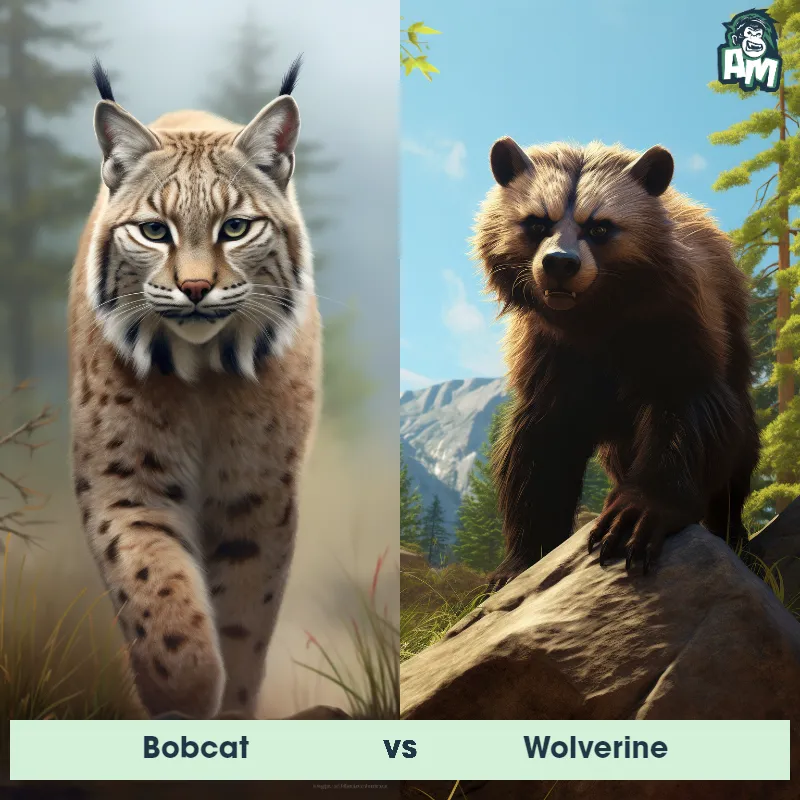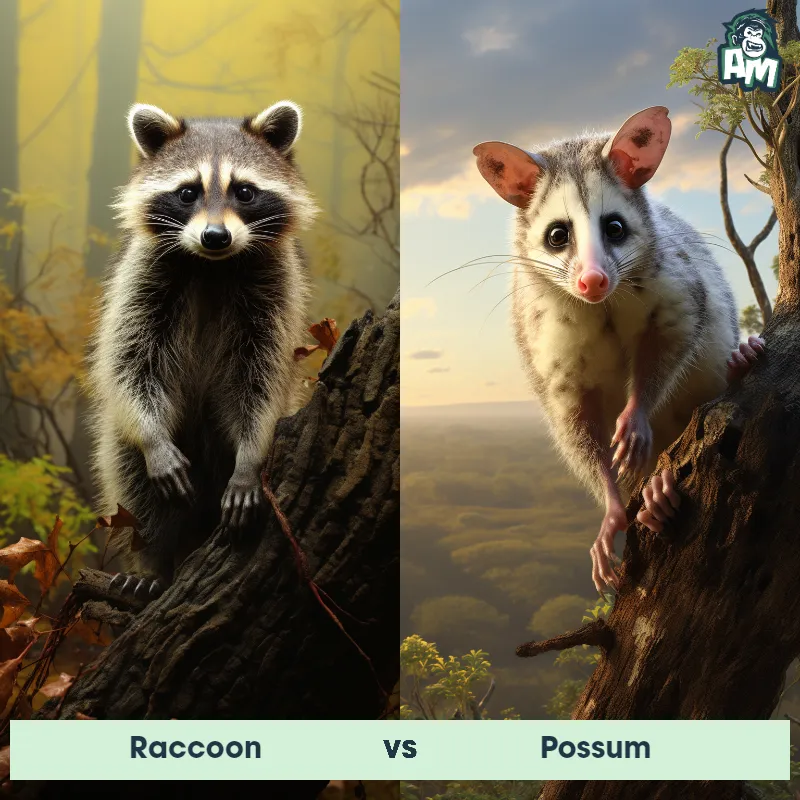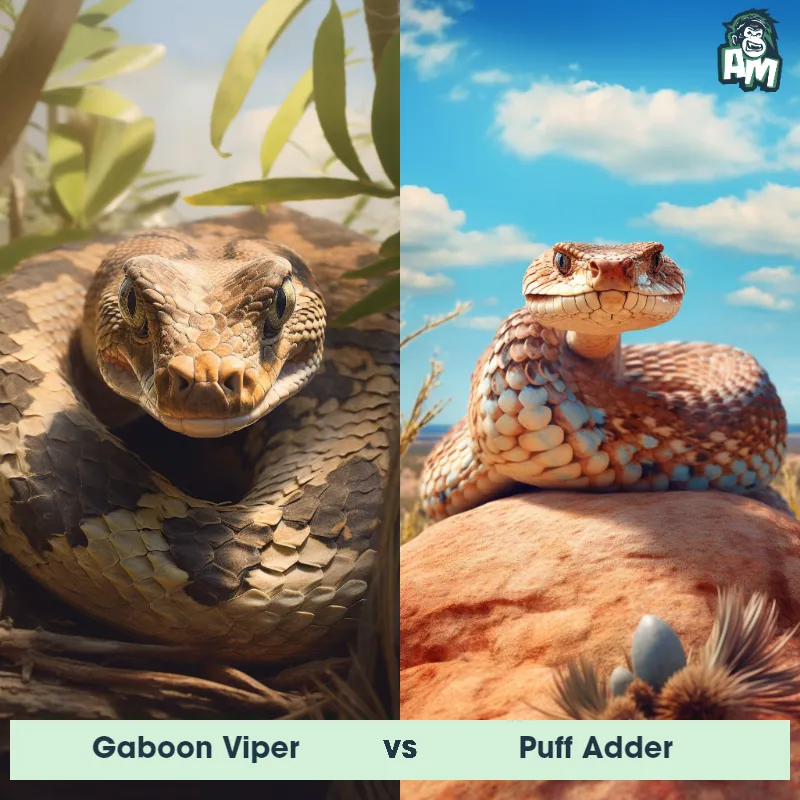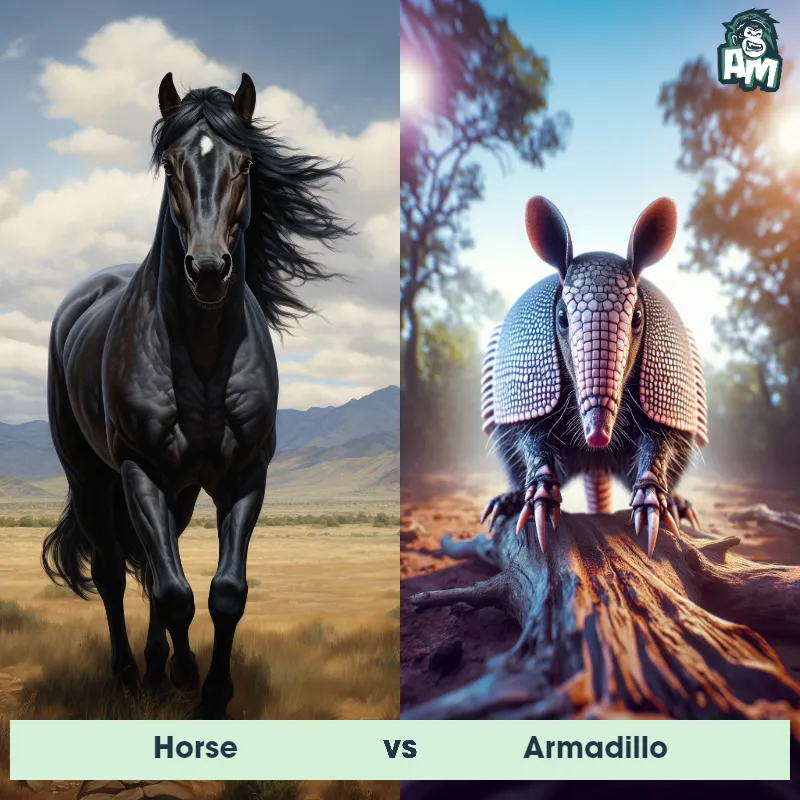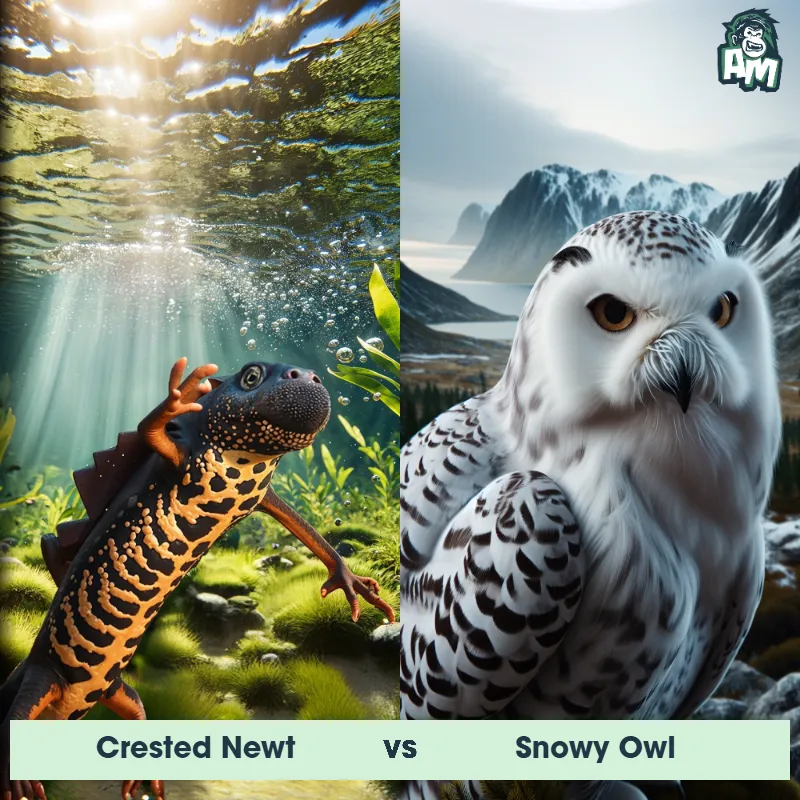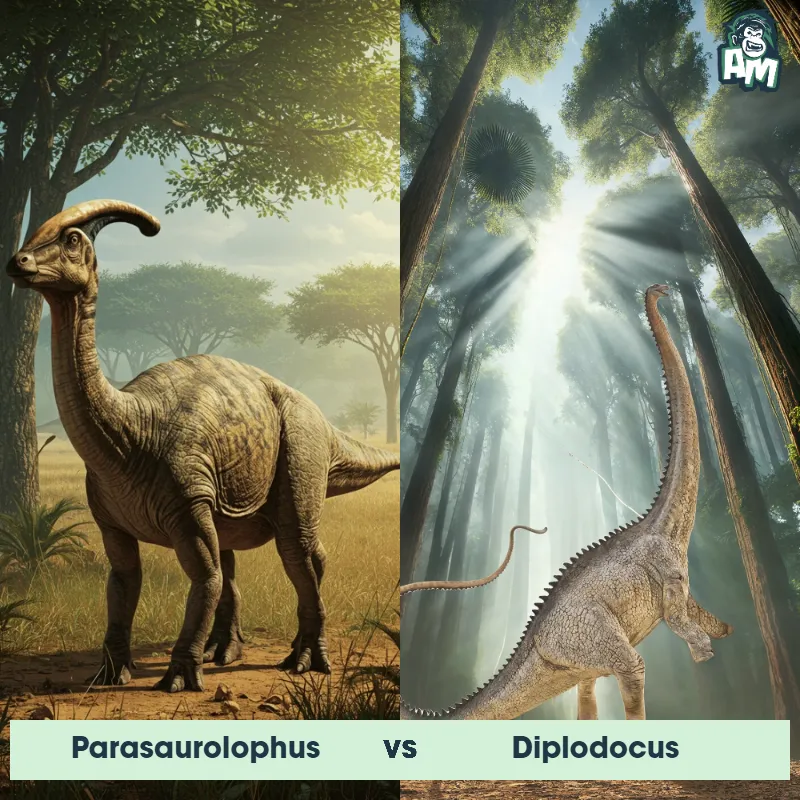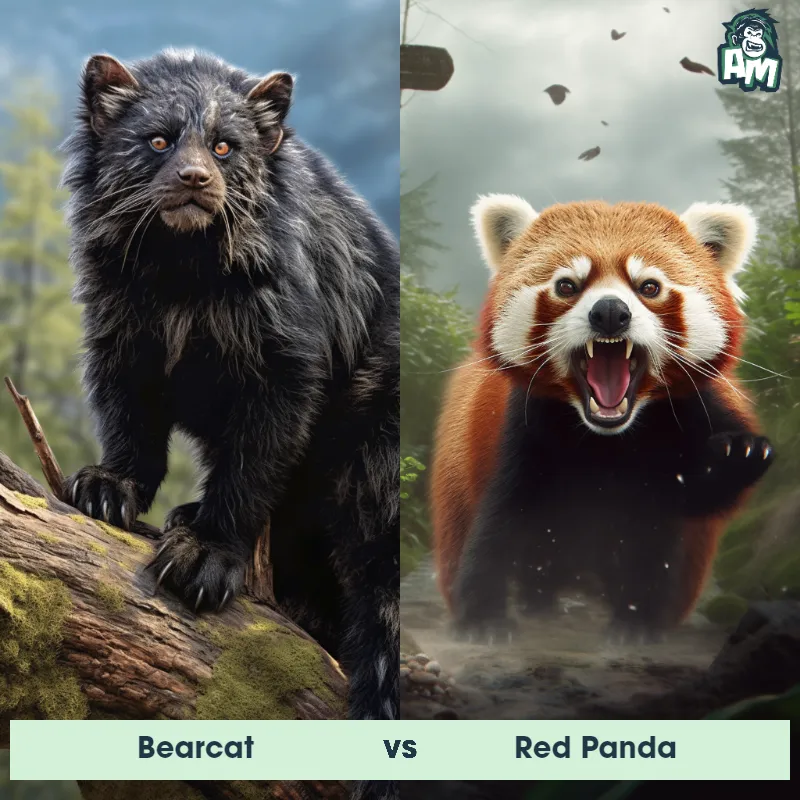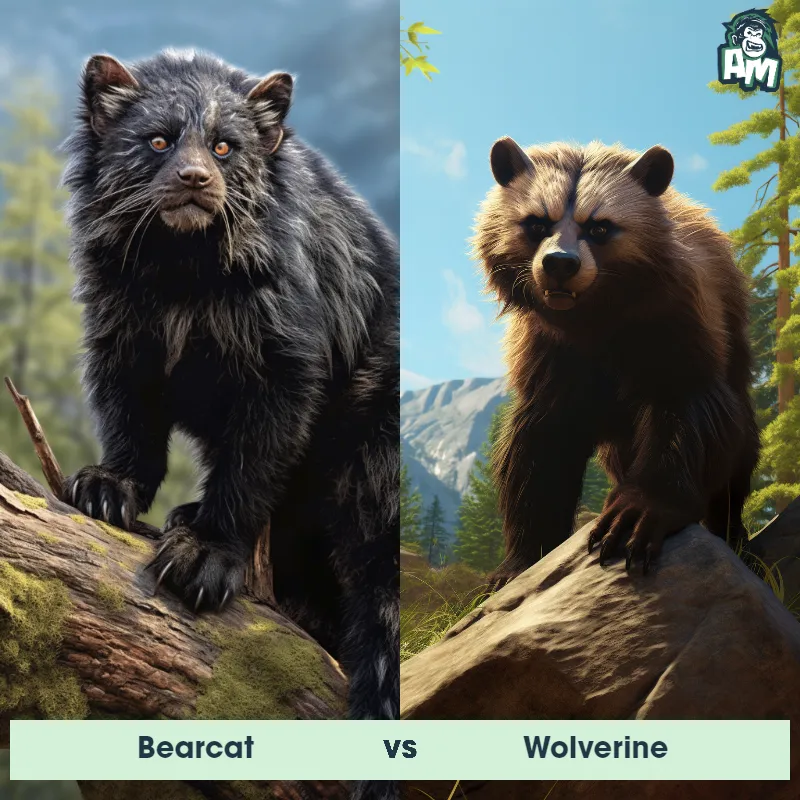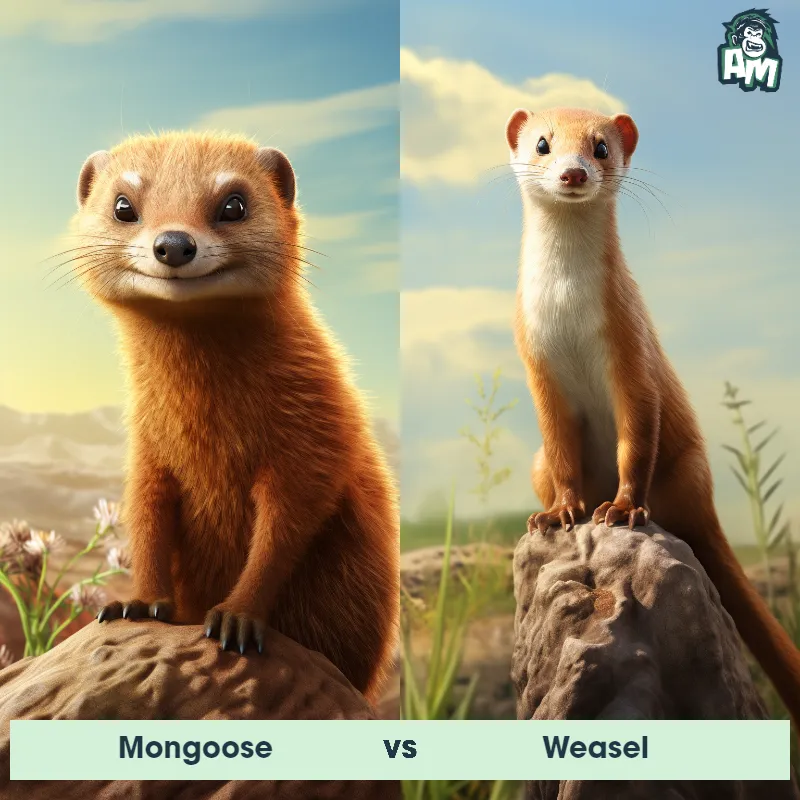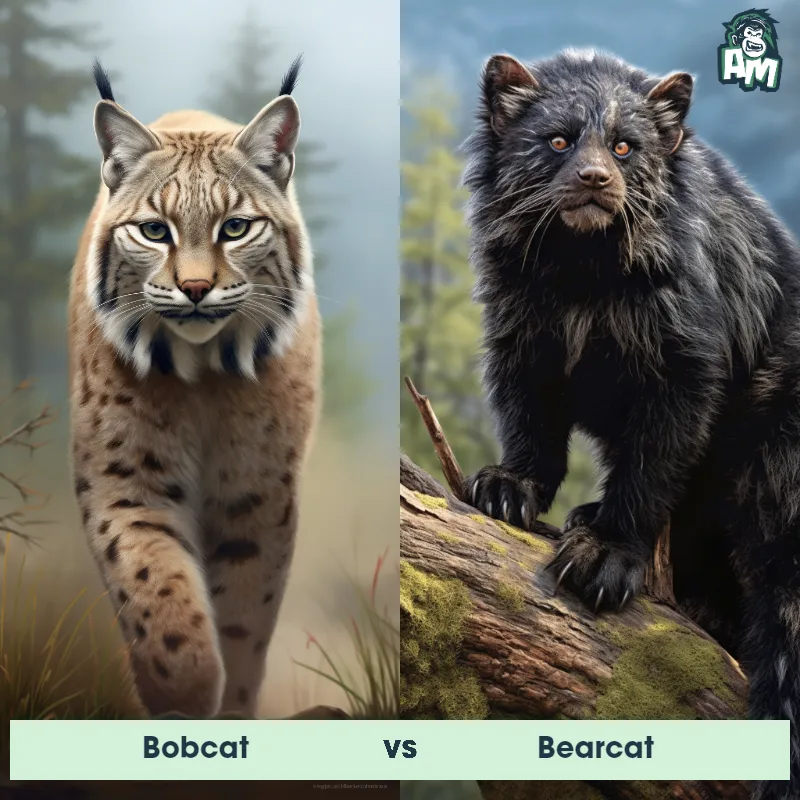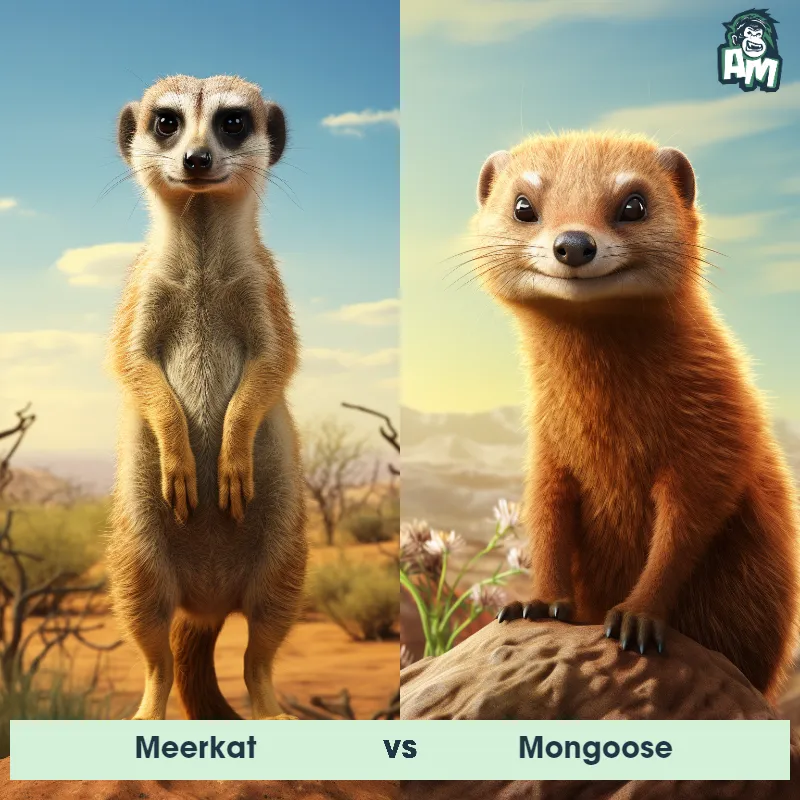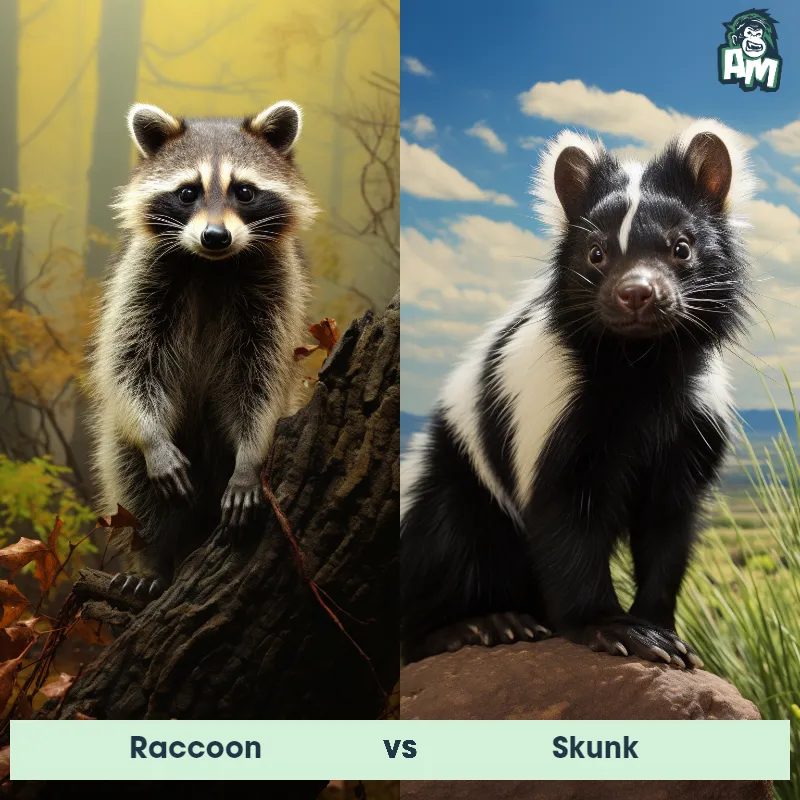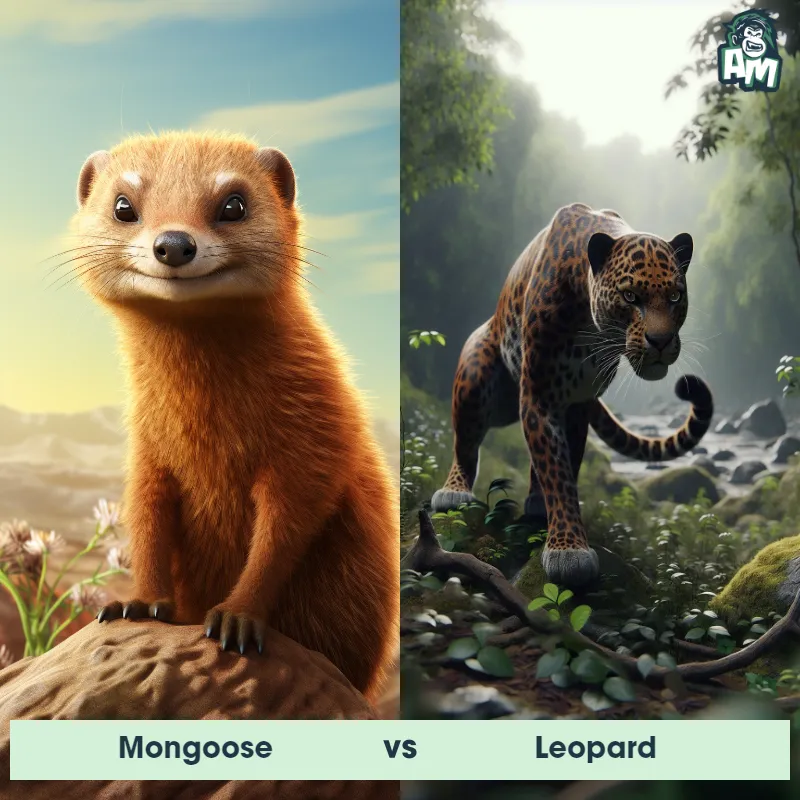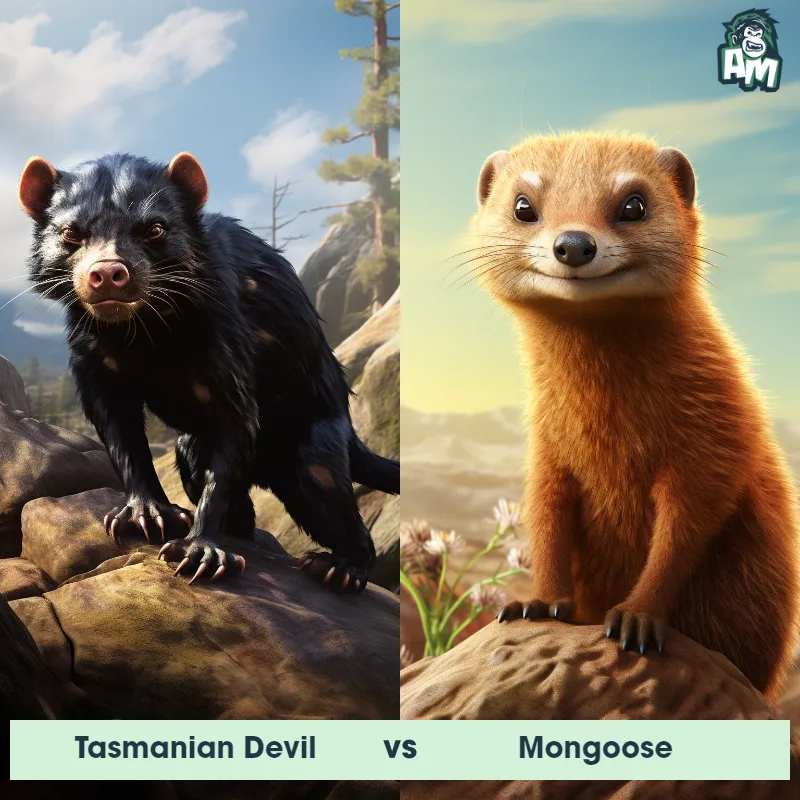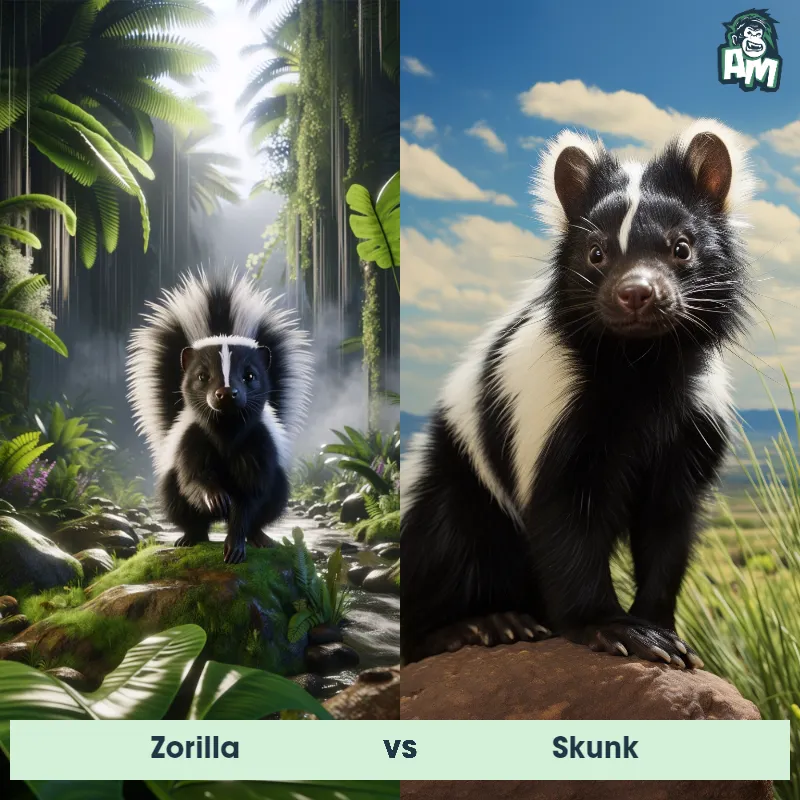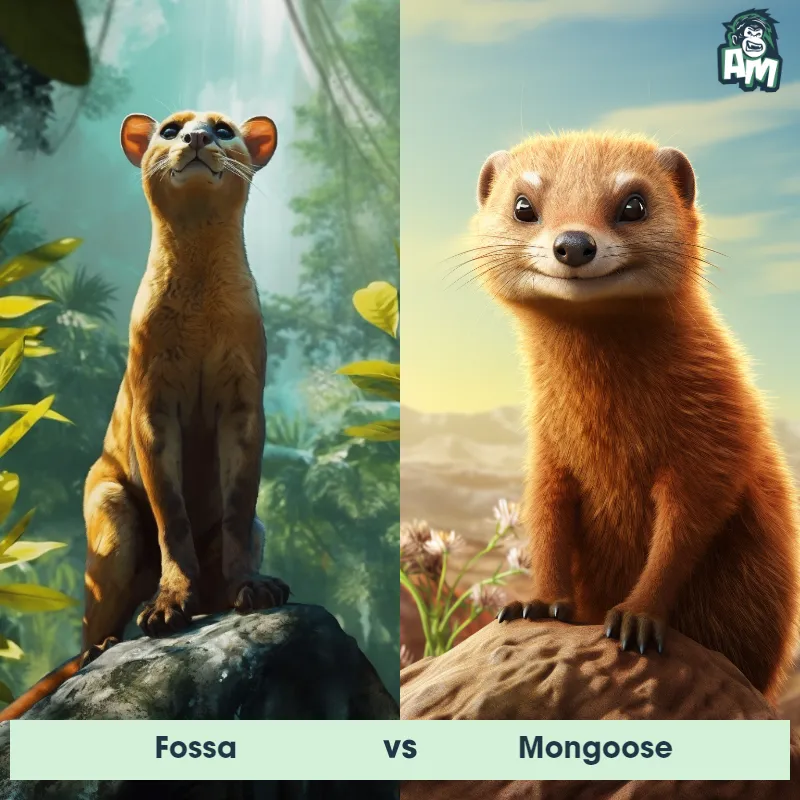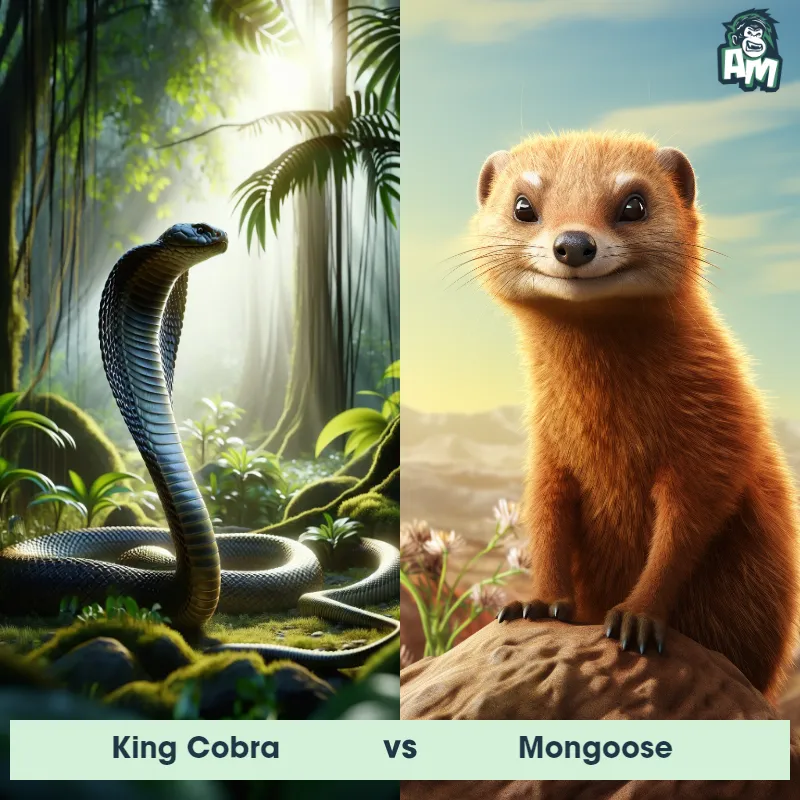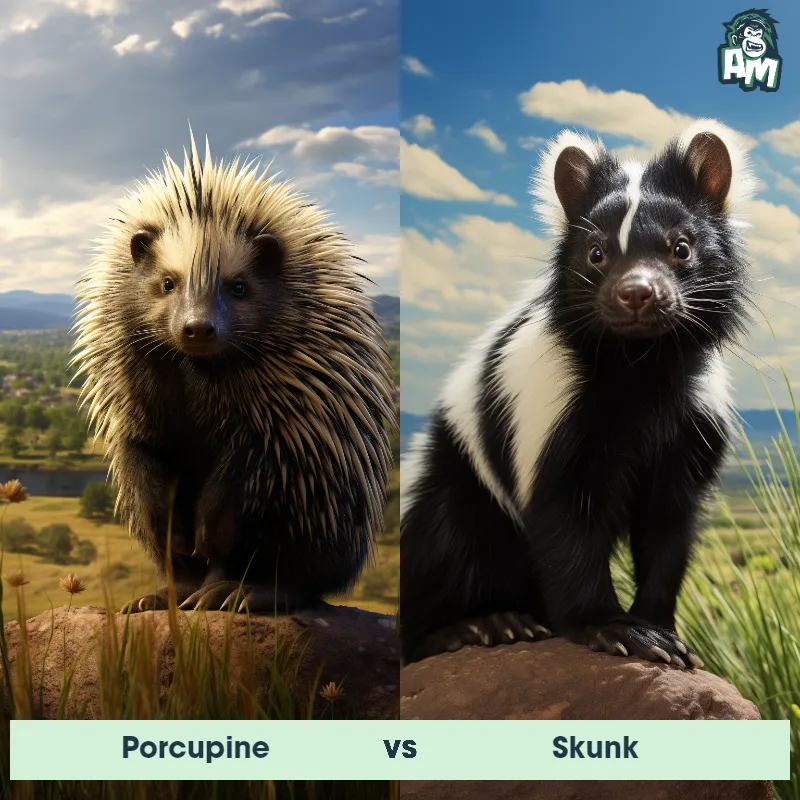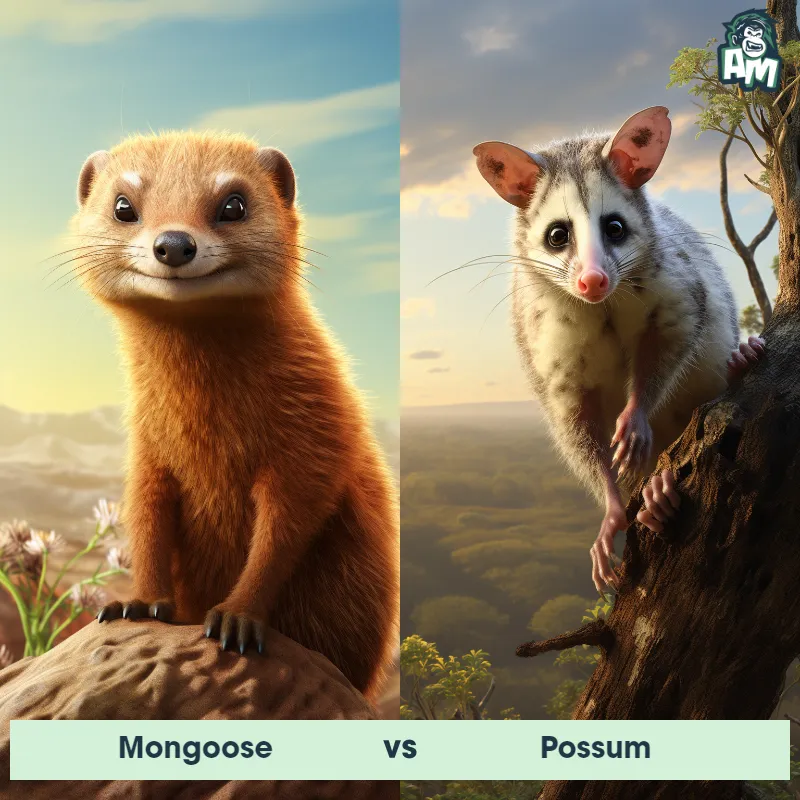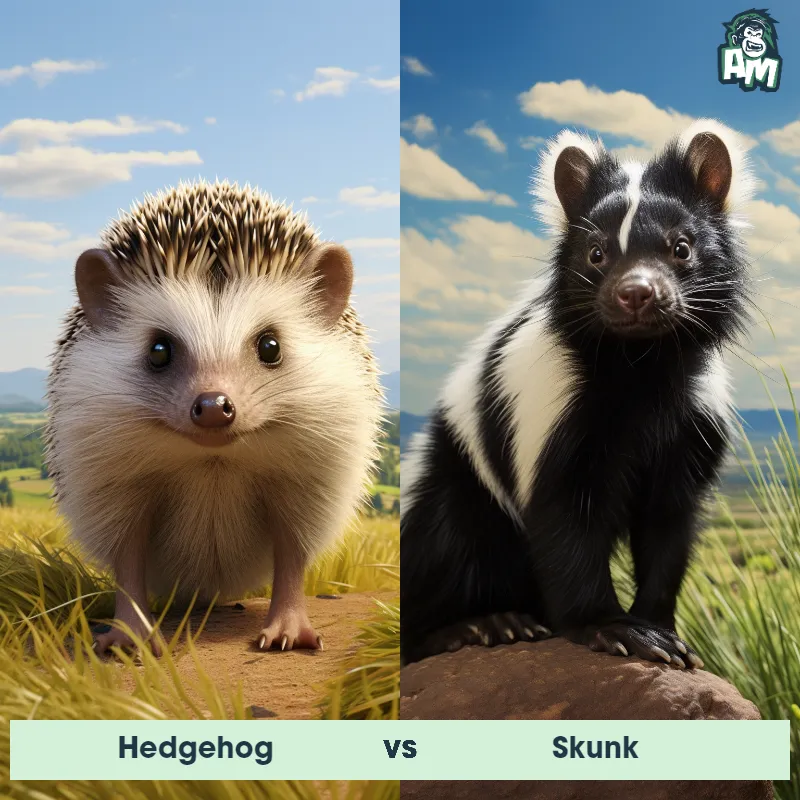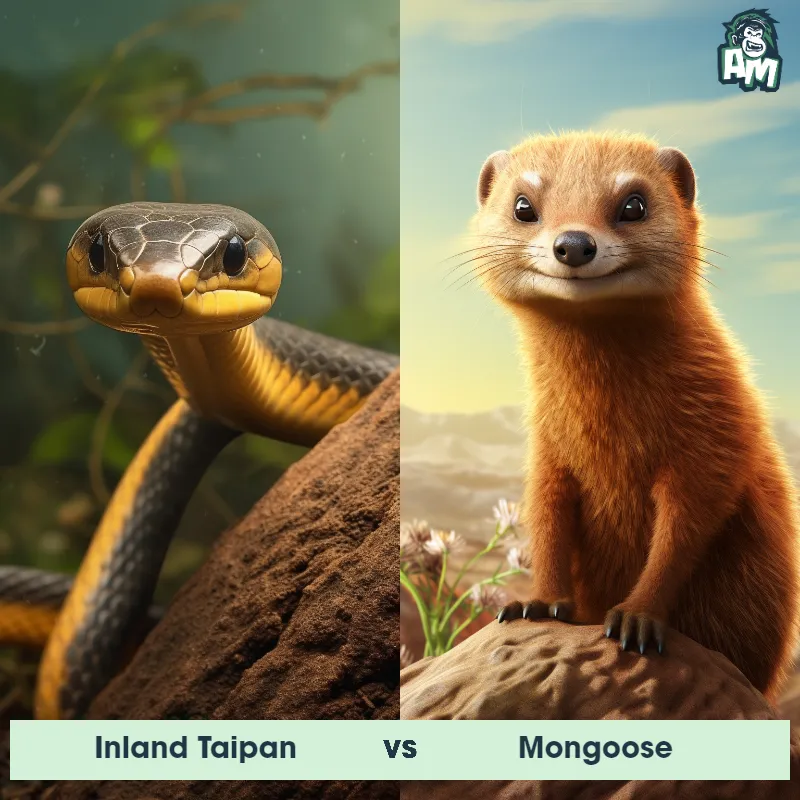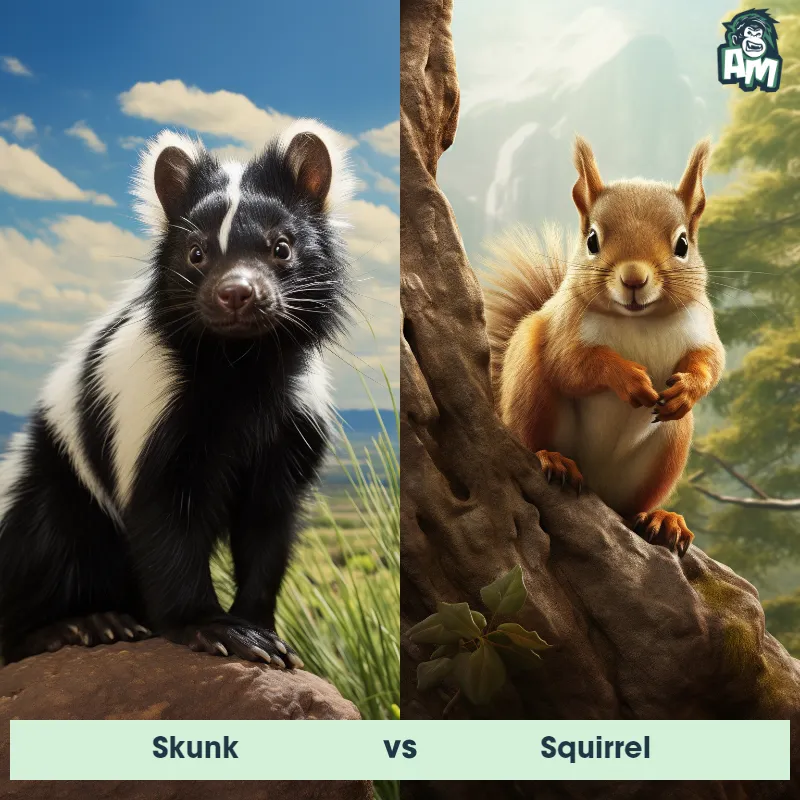Banded Palm Civet vs MongooseSee Who Wins

Welcome to this highly anticipated matchup between the Banded Palm Civet and the Mongoose. Both of these fierce predators are known for their agility and speed, making this a fight to remember. Let's see who will come out on top in this three-round battle.
Contender 1: Banded Palm Civet
The Banded Palm Civet, also known as the Banded Civet, is a small mammal belonging to the family Viverridae. This elusive creature can be found in parts of Southeast Asia, including Malaysia, Sumatra, Borneo, and Thailand. The Banded Palm Civet has a slender body with a length of about 40 to 50 centimeters and a weight ranging from 2 to 4 kilograms. It is characterized by its long, bushy tail, prominent white bands stretching from its shoulders to the base of its tail, and a pointed snout. This nocturnal species primarily inhabits lowland forests and prefers to live in trees, where it is an adept climber. It has sharp claws and a prehensile tail that assists in its arboreal lifestyle. The Banded Palm Civet is an omnivore that feeds on a variety of food, including fruit, nectar, insects, small mammals, and birds. It is primarily solitary and is known for its ability to emit musky odor as a defensive mechanism.
Fun Fact: The Banded Palm Civet possesses a unique adaptation in its dental structure – it does not have lower incisors, instead, it has a large gap known as a diastema between its lower premolars and canines, allowing room for the civet's enlarged canines to protrude even when the mouth is closed.
Contender 2: Mongoose
The Mongoose is a small, agile carnivore that belongs to the family Herpestidae. Their physical characteristics include a long body, a pointed snout, and round ears. Mongooses are renowned for their quick reflexes and keen eye, and are typically brown or grey with a slightly grizzled appearance. They are found in many parts of the world, primarily in Africa, Asia, and southern Europe, where they occupy a diverse range of habitats.
Fun Fact: Incredibly, mongooses are known for their ability to fight and kill venomous snakes, such as cobras, thanks to their speed, agility, thick coat, and specialized acetylcholine receptors that make them resistant to snake venom.
Matchup Stats
| Banded Palm Civet | Mongoose | |
|---|---|---|
| Size | 40-50 centimeters (15.7-19.7 inches) | 1-4 feet (0.3-1.2 meters) |
| Weight | 2-4 kilograms (4.4-8.8 pounds) | 0.5-11 pounds (0.2-5 kilograms) |
| Speed | 14mph (23km/h) | 20mph (32km/h) |
| Key Strength | Sharp claws and agile climber | Speed, agility, and resistance to snake venom |
| Biggest Weakness | Small size and non-aggressive nature | Small size and solitary nature (for some species) |
Current Votes
Banded Palm Civet vs Mongoose
See Who Wins
View More Matches
Looking For More?
Similar Matches
Scientific Stats
| Banded Palm Civet | Mongoose | |
|---|---|---|
| Scientific Name | Hemigalus derbyanus | Herpestidae |
| Family | Viverridae | Carnivora |
| Habitat | Lowland forests | Diverse range of habitats including forests, grasslands, and deserts |
| Geography | Southeast Asia (Malaysia, Sumatra, Borneo, Thailand) | Africa, Asia, and Southern Europe |
| Diet | Omnivore - Fruit, nectar, insects, small mammals, birds | Carnivorous, primarily insects, rodents, birds, eggs, and occasionally venomous snakes |
| Lifespan | 1 years - 2 years | 7 years - 13 years |
Key Differences between Banded Palm Civet and Mongoose
- Coloration: The Banded Palm Civet has a distinct pattern of dark bands running across its body, while the Mongoose usually has a more uniform fur color.
- Facial features: The Mongoose typically has a more pointed snout, while the Banded Palm Civet has a rounder face with prominent facial markings.
- Habitat: The Banded Palm Civet is primarily found in dense forested areas, while the Mongoose is often seen in a variety of habitats including grasslands and scrublands.
- Size: The Banded Palm Civet is typically smaller in size compared to the Mongoose.
- Tail: The Mongoose has a longer and bushier tail, whereas the Banded Palm Civet has a shorter and less fluffy tail.
- Behavior: Mongoose are known for their aggressive and territorial behavior, while Banded Palm Civets are more solitary and elusive in nature.



